Weather radar radome example
Rain creates a water film on the surface of the dome
Even light rain can form a water film on the surface of the radome, causing signal degradation. The thickness of the water film varies depending on the intensity of the rain, the material of the radome, the surface condition, etc.
Figure 1 shows an estimate of the water film thickness that would form on a uniform, smooth, non-Super hydrophobic surface of a radome with a diameter of 5 m. For example, a rainfall of 30 mm per hour could result in a water film of 0.2 mm thickness forming on the surface.
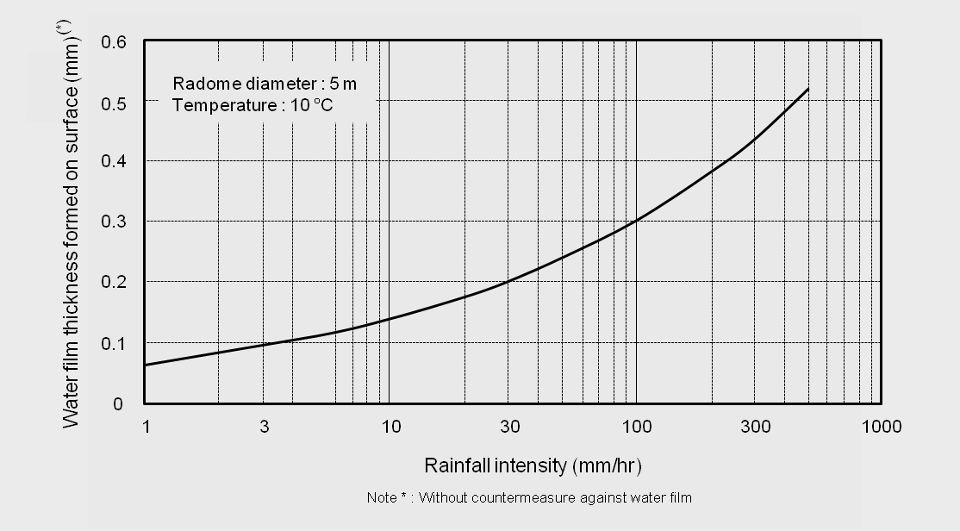
Figure 1 Relationship between rainfall and water film thickness *2
If no water film countermeasures are taken, the operating range will be extremely narrowed due to water film damping *3.
In fact, during periods of heavy rain, the signal reduction due to the water film on the radome became noticeable, resulting in an extremely narrow observation range.
For example, rainfall of 30 mm per hour can form a 0.2 mm thick water film on the radome surface, resulting in 5.0 dB of attenuation.
As shown in Figure 2, the observation range was narrowed from the usual 80 km to 10 km.
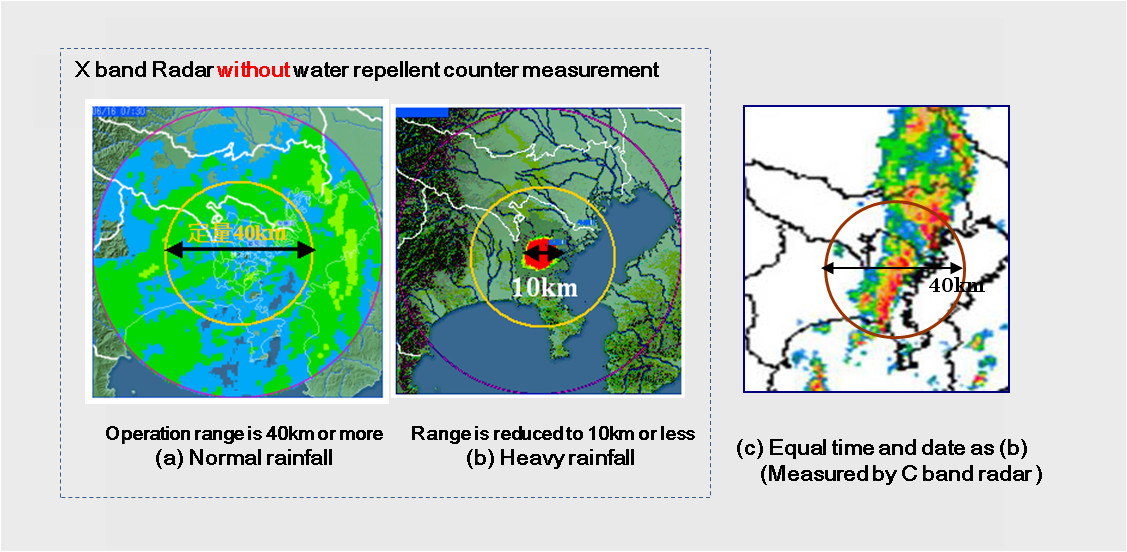
Figure 2: Example of radio wave attenuation by a water film
Key points for water film countermeasures
BS antenna example
Antenna radio wave attenuation during rain
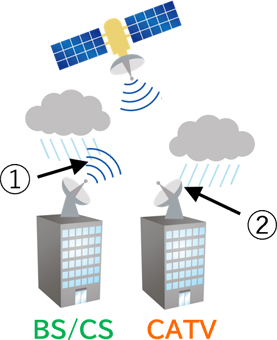
Figure 3 Relationship between rain and radio waves
2) Attenuation caused by rainwater film on the antenna
↓
HIREC significantly reduces radio wave attenuation caused by water films!
The attenuation of radio waves during rain is not just caused by rain between the satellite and the BS antenna, that is, by raindrops in space.
water film damping.
Water film attenuation refers to radio wave attenuation caused by the water film that forms when rain adheres to a BS antenna.
This water film decay can be prevented.
When super hydrophobic coating HIREC is applied to the surface of a satellite antenna, water film hardly forms on the surface, making it possible to significantly reduce water film attenuation.There is something called

When the satellite elevation angle is 45° in Tokyo, quoted from "Journal of the Institute of Electronics, Information and Communication Engineers (Vol. 79, 1996-1)"
Figure 4 shows the relationship between rainfall intensity and rain attenuation.
Rain attenuation occurs when the frequency used is 10 GHz or higher, and the higher the frequency, the greater the amount of attenuation. Also, the more rainfall there is, the greater the amount of attenuation becomes.
For example, in the 12 GHz frequency band, which is the BS frequency band, the rainfall intensity is 5 mm/h and 10 mm/h, and the rain attenuation is approximately 1 dB and 2 dB, respectively.

The figure above shows the relationship between frequency and water film attenuation with the thickness of the water film as a parameter. (Calculated based on the formula for water film attenuation in Meteorological Research Note No. 112 and complex permittivity data of water)
It can be seen that water film attenuation occurs even at frequencies of several GHz, and the higher the frequency and the thicker the water film, the greater the attenuation.
The thickness of the water film at a certain rainfall intensity varies depending on the size and shape of the antenna.
In a radome shape with a diameter of 5m at 10℃, the rainfall intensity is 10mm/hr and the water film thickness is about 0.16mm. From this example, it seems that a 0.1-0.2mm thick water film can be formed even by normal rainfall.
In addition, considering deterioration of the antenna surface due to ultraviolet rays, even with the same antenna, the longer the outdoor installation period, the thicker the water film, even with the same amount of rainfall.

The rain attenuation data in Figure 4 and the water film attenuation calculation results in Figure 5 are shown together in Figure 6.
This shows that the effect of water film attenuation is not small. Countermeasures against water film are especially important around 10 GHz and below.
If the antenna surface is given Super hydrophobic treatment to strongly repel water, radio wave attenuation caused by water films will be almost completely eliminated below 10 GHz.
Although rain attenuation does occur above 10 GHz, the water film attenuation can be eliminated, so overall attenuation can be expected to be reduced.
Examples of measures against rain on antennas

Figure 7 shows an example of actual measurements of radio wave reception characteristics for a BS antenna (12 GHz band).
When comparing antennas with and without super hydrophobic coating HIREC, during rainfall (17:00-19:00), the antenna not coated with HIREC experienced approximately 3-4 dB of attenuation, whereas the antenna coated with HIREC experienced no attenuation.
The rainfall intensity is unknown, but since no attenuation occurred on the antenna coated with HIREC, it is estimated to be less than 5 mm/h based on the graph of rainfall intensity and rain attenuation.
In addition, in the graph of rain intensity and rain attenuation, rain attenuation at 12 GHz band at rain intensity of 5 mm/h is about 1 dB, so the 3-4 dB attenuation in Figure 7 can be interpreted as water film attenuation, not rain attenuation.
Furthermore, the fact that attenuation continues even after 7 p.m. after the rain has stopped proves that this is water film attenuation caused by the water film still present on the antenna surface.
In other words, when it rains on the antenna, water film attenuation continues for a while even after the rain stops. On the other hand, there is no attenuation in the antenna coated with super hydrophobic coating HIREC, which indicates that almost no water film forms on the antenna surface.
For these reasons, super hydrophobic coating HIREC can be said to be one effective countermeasure against water film attenuation.
Finally, it has been said that water film attenuation can occur at frequencies below 10 GHz, but this has not been confirmed at present. We will add the latest information as soon as the situation becomes clear.
Examples of snow countermeasures using Super hydrophobic sheets on antennas

Super hydrophobic sheets can be worn even in winter.
Traditionally, snow countermeasures have mostly been applied directly to antennas, etc., but the problem was that in winter, temperatures dropped and construction could not be carried out on site.
Therefore, we will introduce an example of a Super hydrophobic sheet that can protect field equipment from snow even in winter.
Advantages of Super hydrophobic sheets
- Can be installed even in winter ← On-site painting of the antenna at temperatures below 5°C is not possible.
- Can be installed in 1-2 hours ← At least 2 days required for on-site installation of the antenna
Disadvantages of Super hydrophobic sheets
- Approximately 1 year life (depending on the weather resistance of the sheet material) ← Approximately 3 years for conventional on-site painting
*Material of Super hydrophobic sheet: Polyethylene (PE) or polyester
*Super hydrophobic covers are custom made. Please contact us.
Structure and reality of Super hydrophobic sheet

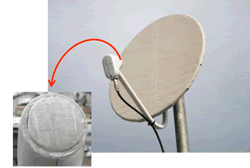
Reflector: Super hydrophobic sheet
A polyethylene or polyester sheet (blue part) with super hydrophobic coating [HIREC undercoat (light green part)] HIREC Apply 100 (red part).
- The photo on the right shows Super hydrophobic sheet attached to the reflector of the antenna.
- HIREC 100 is a functional material, not a paint, so when applied with a brush, brush marks (unevenness) appear. The white unevenness is evidence of good water repellency. (Enlarged view of converter)
Comparison of radio reception status with and without Super hydrophobic during snowfall
We would like to introduce a comparative experiment conducted during snowfall.
| ■ Super hydrophobic untreated antenna | → | Water film generation | → | Poor reception |
| ■ Super hydrophobic repellent antenna by HIREC | → | Suppresses the generation of water film | → | Normal reception |
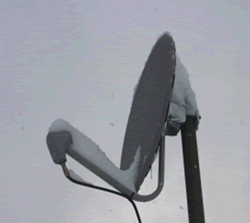
Radio wave reception status of BS antenna during snowfall (Situation about 14 months after installation of BS antenna)

(January 1, 2009, 19:00 to January 3, 2009, 12:00 at Niigata Yuzawa)
With the untreated Super hydrophobic repellent antenna, there were several reception interruptions (tuner reception level below 20),
An antenna equipped with a Super hydrophobic repellent cover (the converter is also Super hydrophobic)was able to receive signals normally, although the level decreased.
Radio wave reception status of the BS antenna during snowfall (approximately 26 months after antenna installation)

Super hydrophobic repellent raw BS antenna
With untreated Super hydrophobic repellent BS antennas, during the 54-day recording period, reception was not possible (reception level was below 20) or video disturbances were observed for several 10 minutes to nearly 9 hours per day.
The frequency is 15 times.
Super hydrophobic repellent BS antenna
With Super hydrophobic repellent BS antenna,there was no frequency where the reception level was below 25.
Detailed example of radio wave reception


I was able to successfully receive BS broadcasts because Super hydrophobic repellent This is because almost no water film was formed on the antenna and converter parts.It can be estimated.
There are snow melting devices available to prevent snow from accumulating on antennas. The main cause of radio wave attenuation is not snow or ice, but water (water film). Therefore, antenna snow melting equipment may not be effective in reducing radio wave attenuation.
Communication/broadcast related

- antenna
- Radome
- radar
- steel tower
- others
Power/energy related
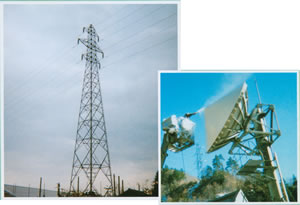
- steel tower
- antenna
- tank
- others
Meteorological and astronomical related
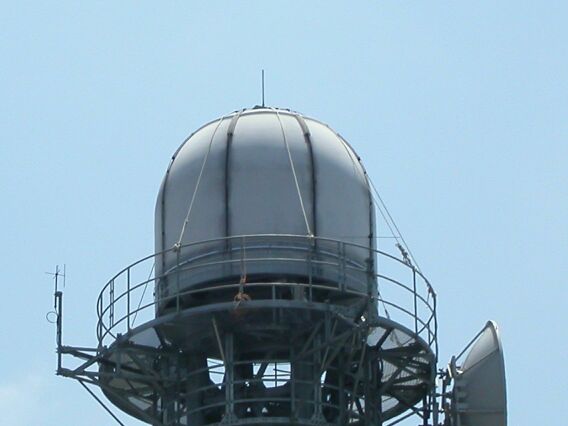
- weather radar
- anemometer
- rain gauge
- others
Construction related
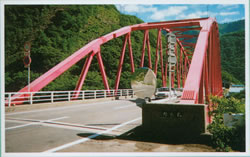
- bridge
- tunnel
- others
work of art
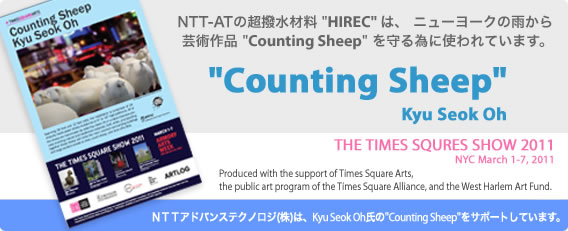
Download materials
| "Counting Sheep" The Times Square Show 2011 | 400KB | download |
|---|
others
- sign
- traffic light hood
- Anti-condensation measures
- Water measures
- measures against snow
- Measures against ice adhesion
- Icicle measures
- others


 close up
close up